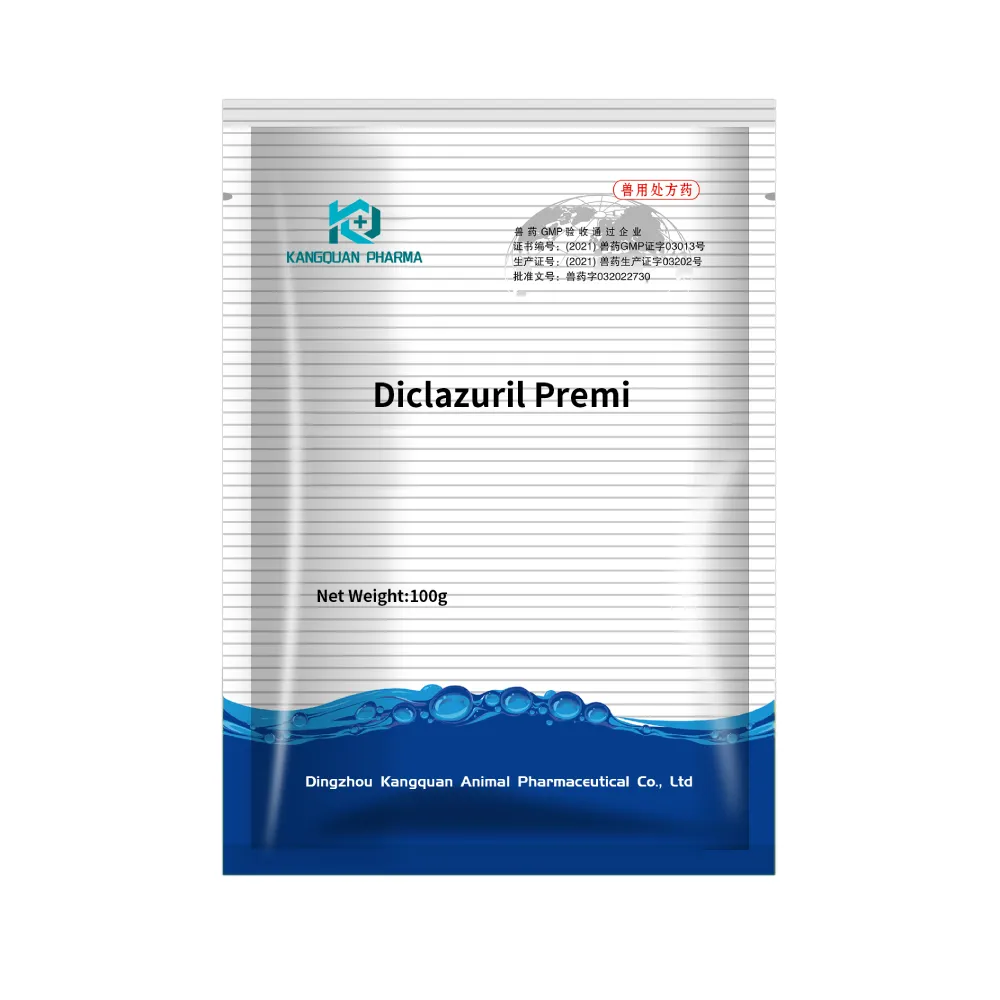- Afrikaans
- Albanian
- Amharic
- Arabic
- Armenian
- Azerbaijani
- Basque
- Belarusian
- Bengali
- Bosnian
- Bulgarian
- Catalan
- Cebuano
- Corsican
- Croatian
- Czech
- Danish
- Dutch
- English
- Esperanto
- Estonian
- Finnish
- French
- Frisian
- Galician
- Georgian
- German
- Greek
- Gujarati
- Haitian Creole
- hausa
- hawaiian
- Hebrew
- Hindi
- Miao
- Hungarian
- Icelandic
- igbo
- Indonesian
- irish
- Italian
- Japanese
- Javanese
- Kannada
- kazakh
- Khmer
- Rwandese
- Korean
- Kurdish
- Kyrgyz
- Lao
- Latin
- Latvian
- Lithuanian
- Luxembourgish
- Macedonian
- Malgashi
- Malay
- Malayalam
- Maltese
- Maori
- Marathi
- Mongolian
- Myanmar
- Nepali
- Norwegian
- Norwegian
- Occitan
- Pashto
- Persian
- Polish
- Portuguese
- Punjabi
- Romanian
- Russian
- Samoan
- Scottish Gaelic
- Serbian
- Sesotho
- Shona
- Sindhi
- Sinhala
- Slovak
- Slovenian
- Somali
- Spanish
- Sundanese
- Swahili
- Swedish
- Tagalog
- Tajik
- Tamil
- Tatar
- Telugu
- Thai
- Turkish
- Turkmen
- Ukrainian
- Urdu
- Uighur
- Uzbek
- Vietnamese
- Welsh
- Bantu
- Yiddish
- Yoruba
- Zulu
9 月 . 23, 2024 13:48 Back to list
Disinfectants Utilized in Veterinary Practices for Enhanced Animal Health and Safety
The Importance of Disinfectants in Veterinary Clinics
In veterinary clinics, maintaining a sterile and hygienic environment is crucial for both animal health and public safety. Disinfectants play a vital role in ensuring that the clinic is free from pathogens, thereby preventing the spread of infections among animals and, by extension, their human caretakers. This article explores the types of disinfectants commonly used in veterinary clinics, their effectiveness, and best practices for their application.
Veterinary clinics often encounter a wide range of pathogens due to the various species of animals they treat. Bacteria, viruses, fungi, and parasites can all pose significant health risks. Therefore, the selection of appropriate disinfectants becomes paramount. Common categories of disinfectants used in veterinary practices include quaternary ammonium compounds, phenolic compounds, and chlorinated compounds.
Quaternary ammonium compounds, often referred to as quats, are widely used for their efficacy against a broad spectrum of microorganisms. They are present in many commercial cleaning products, making them convenient for routine cleaning and disinfection tasks. Quats are particularly valued for their low toxicity and safety profile, making them suitable for areas where animals are treated. However, it's important to ensure that they are properly diluted and applied, as their effectiveness can diminish if not used correctly.
disinfectants used in veterinary clinics

Phenolic compounds are another category of disinfectants that are effective against viruses and bacteria, including those that cause zoonotic diseases. These compounds are particularly useful in scenarios where veterinary clinics deal with highly infectious diseases. However, care must be taken when using phenolic disinfectants, as they can be harmful to certain animal species, such as cats, leading to potential adverse reactions.
Chlorinated compounds, such as sodium hypochlorite or bleach, are known for their powerful disinfecting properties. They are effective against a wide range of pathogens, including viruses like parvovirus, which poses a serious risk to dogs. While chlorinated disinfectants are highly effective, they require careful handling due to their corrosive nature and potential to irritate skin and respiratory systems in both animals and staff.
To maximize the effectiveness of disinfectants, veterinary clinics must adhere to best practices. This includes thorough cleaning of surfaces before applying disinfectants, allowing adequate contact time for the disinfectant to work, and ensuring proper dilution as per manufacturer guidelines. Additionally, staff training on the correct use of disinfectants is essential to promote a safe and hygienic environment.
In conclusion, disinfectants are an indispensable part of the infection control protocol in veterinary clinics. By understanding the various types of disinfectants and their appropriate applications, veterinary professionals can significantly reduce the risk of infection, ensuring a safer environment for animals and humans alike. The commitment to cleanliness and hygiene underscores the veterinary profession's dedication to the health and welfare of the animals they serve.
-
The Power of Radix Isatidis Extract for Your Health and Wellness
NewsOct.29,2024
-
Neomycin Sulfate Soluble Powder: A Versatile Solution for Pet Health
NewsOct.29,2024
-
Lincomycin Hydrochloride Soluble Powder – The Essential Solution
NewsOct.29,2024
-
Garamycin Gentamicin Sulfate for Effective Infection Control
NewsOct.29,2024
-
Doxycycline Hyclate Soluble Powder: Your Antibiotic Needs
NewsOct.29,2024
-
Tilmicosin Premix: The Ultimate Solution for Poultry Health
NewsOct.29,2024













